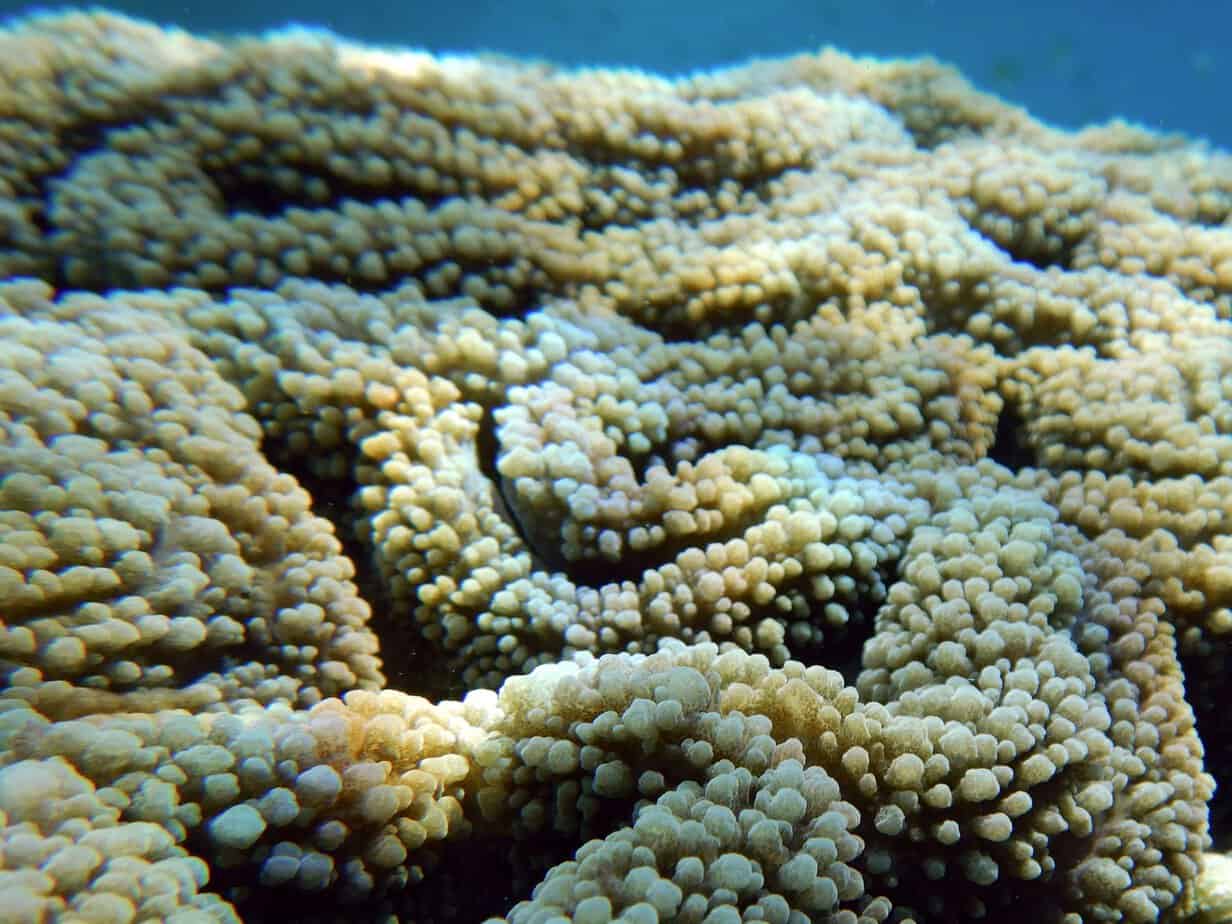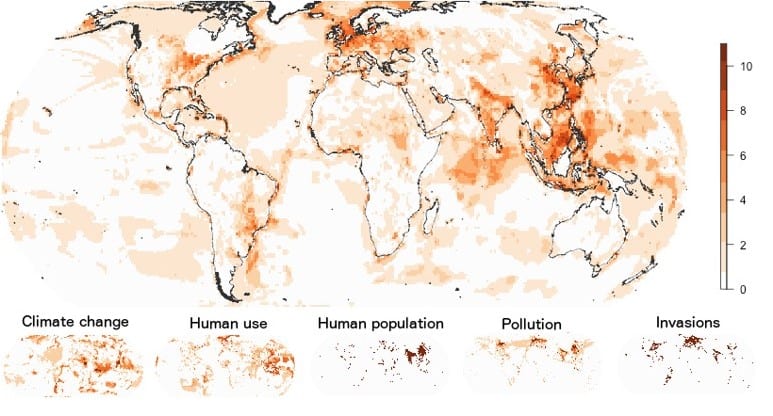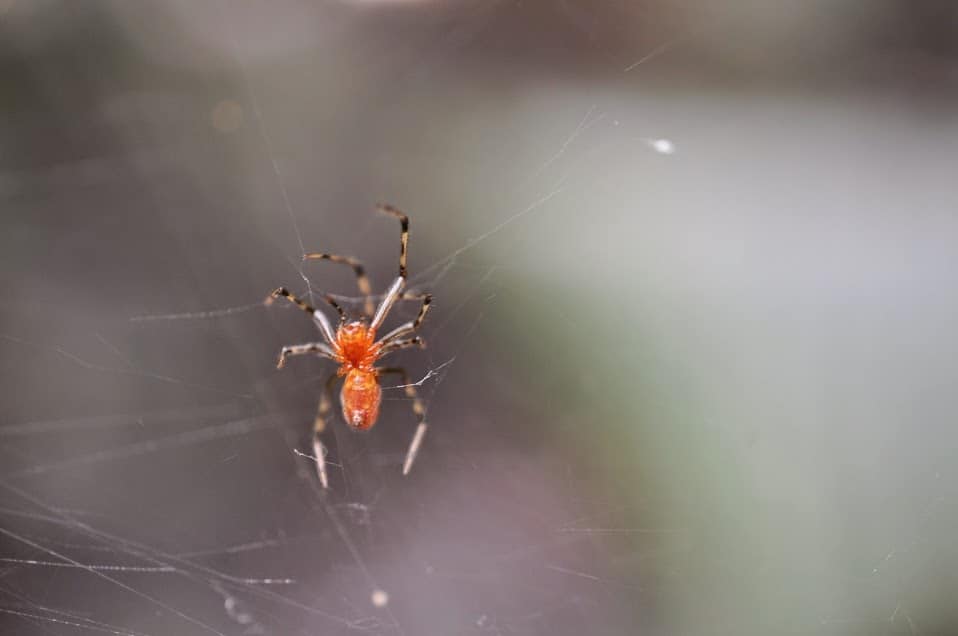
Coral reef ecology and conservation
I am currently interested in understanding the impact of ecosystem degradation on coral reef diversity in Raja Ampat, Indonesia. Through underwater surveys and collaboration with local partners, I aim to investigate the relationship between coral and fish diversity, assess the effectiveness of marine protected areas, and evaluate coral restoration efforts. By bridging the gap between ecological research and practical conservation, I aim to inform ongoing conservation efforts, enhance scientific knowledge, and foster international collaboration. This project not only addresses the urgent need for coral reef conservation but also offers a transformative opportunity for my career development, aligning with my aspirations in marine conservation and ecological research.

Evolutionary history and conservation
* Cover image from Bowler et al. 2020, People and Nature
For my PhD, I am investigating the effect of human activities on the evolutionary history of species assemblages. Biodiversity change is becoming better understood, but changes in evolutionary history remain unclear. Often measured using phylogenetic diversity, evolutionary history can provide richer insights into biogeographical and historical processes structuring communities. As another facet of biodiversity, it can also provide information on the nature of biodiversity change beyond a few traits or species identities alone. Using a database of biodiversity time series across the globe, I am measuring how evolutionary history is changing through time within and among species assemblages and how human activities are affecting these patterns.
Our impact on ecosystems is not all negative, however. Conservation efforts, such as the establishment of protected areas, are a great attempt at preserving biodiversity as it is. Whether protected areas are effective at preserving local evolutionary history is still unknown, but we can expect that they are. However, this is not a certain outcome, as current protected areas often fall short of conservation targets and fail to encompass more biodiversity than expected by chance. I am comparing changes in evolutionary history within the MPA network in Raja Ampat, West Papua, Indonesia, and comparing them to trends in unprotected areas. This will hopefully provide information to local and international organizations beyond trends in species richness and distribution.

Conservation genomics
When prioritizing populations for conservation of a given species, it is unclear whether the distribution of standing genetic variation can be used as a suitable proxy for the distribution of useful adaptive genetic variation. We (with my colleague Jayme Lewthwaite and my advisor Arne Mooers) tested whether using genome-wide and putatively adaptive genetic variation give similar prioritization results. We identified adaptive loci via their association to either environmental factors or phenotypic traits using two genomic data sets: yellow warblers (Setophaga petechia) across North America and lodgepole pines (Pinus contorta) in western Canada. Using multivariate and phylogenetic tools, we found that prioritization rankings using adaptive variation alone were not significantly divergent from rankings based on genome-wide genetic variation.
Our testing framework might be of immediate use to conservation practitioners collecting next generation sequencing data, and we call for further investigation in other species. Our results suggest that we may not need to pursue the contingent step of identifying adaptive variation in species of concern before prioritizing populations, i.e. a naive approach of using genome-wide genetic variation might be a suitable proxy for identifying local adaptation.

Community ecology
During my Masters at the University of British Columbia, I worked on a few projects investigating why certain species are where they are. Specifically, I looked at communities of arthropods associated with large, three-dimensional spider webs in the Ecuadorian Amazon while also examining the distribution of social spiders across the Americas. In the latter, we showed that level of sociality (whether individuals live solitarily or in groups) can be a powerful dimension separating species in niche space; co-occurring species were more likely to differ in their level of sociality than expected by chance. We also show that differences in level of sociality lead to greater differences in resource use (size of the prey captured) than differences in body size, highlighting the importance of sociality in the assemblage of natural communities.